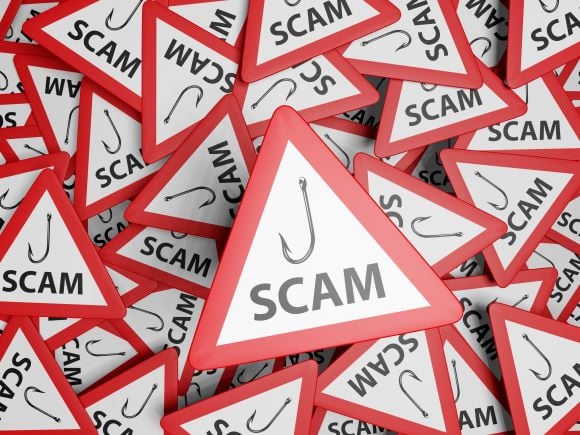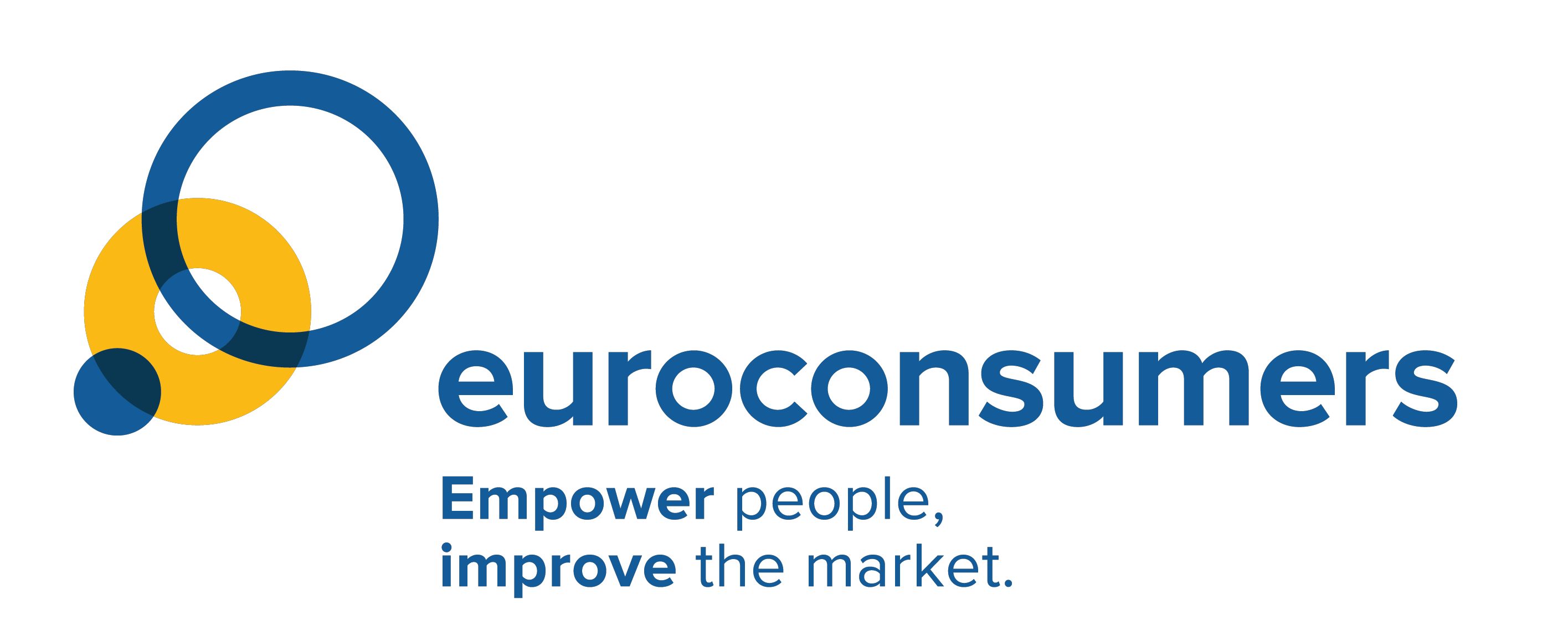Red flags for fake online stores

Online purchasing is a huge business, but how can you spot the fakes from the real thing? Find practical tips for how to avoid risks and buy with confidence, based on Euroconsumers’ extensive experience in online markets.
Despite the huge number of reputable online businesses, there are still fakes and fraudsters willing to exploit buyers online. Risks range from receiving poor quality or unsafe products which are difficult to return and refund, items that never arrive or worse stolen financial data.
Fake online stores are everywhere online, imitating well known brands or offering products at temptingly low prices. They disappear as quickly as they arrive, often with customers’ money. Getting redress is very difficult as the people behind the fraud are tricky to track down.
So purchasers need to be vigilant before making a purchase from an online retailer.
Spotting a fake store: red flags to look out for
Here are some of the classic red flags to be aware of when shopping around for goods and services online:
- Price: is the price of the item abnormally lower than that displayed in other web shops? A price that is too low should raise suspicions that something is not genuine.
- Domain name: check is that the domain is the correct one, often sites are generated with domains very similar to an official one they are trying to fake.
- Domain age: Fake shops regularly appear on the web but stay only a few days, at most a few weeks, before disappearing. You can check the age of a domain name at https://who.is/ to check the age of the domain name. If it is a few weeks old or less, be very wary of the site as it could be fake.
- Language and style: sites with poorly translated text with odd phrases or errors have probably been autotranslated and may not be genuine.
- Contact details: Does the site display an address and phone number? Real online shops can be contacted, fake ones avoid giving details. If there is a number, try calling it to inquire about the product.
- Reviews: Search online for the account number where you’re asked to pay for your purchase. If there have already been complaints about the online store, this account number may appear several times in the search results.
- Payment: What payment methods are available? Some payment methods like Western Union do not offer any protection to the buyer, unlike PayPal or Visa who will initiate a procedure to try to get your money back – although this is not guaranteed.
Remember to pay safely
For all online retail sites, practicing safe payment practices will help you avoid problems. Here are some tips to follow:
- If you have any doubts or want to ask for clarifications, contact the seller by phone or email.
- If you can consult some forums to see if other purchasers have left a review or a judgment on the seller.
- Print out the page of the site: if for some reason the transaction should be interrupted and you are not sure of the outcome, take a screenshot that you can send to the seller and to your bank and credit card issuer if necessary, so you can inform all of them that the purchase did not go through and no money should leave your account.
- Make sure that the site you are buying on uses international security systems. These are marked with the padlock icon to the left of the URL in the address bar on the browser. And only ever buy from sites which are protected – shown by the address beginning “https:” not “http.”
These tips originally appeared on Altroconsumo and Test-Achats sites.

